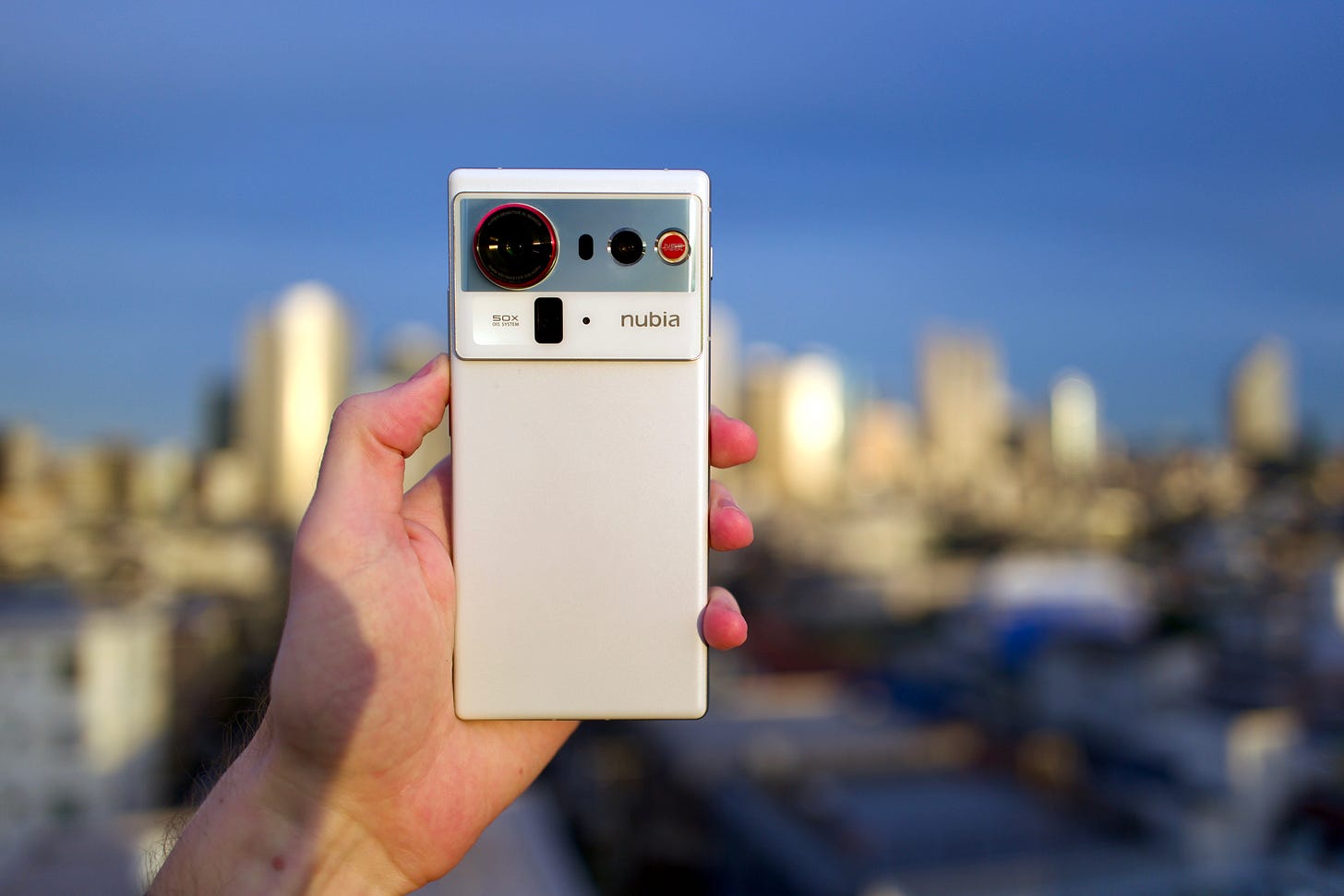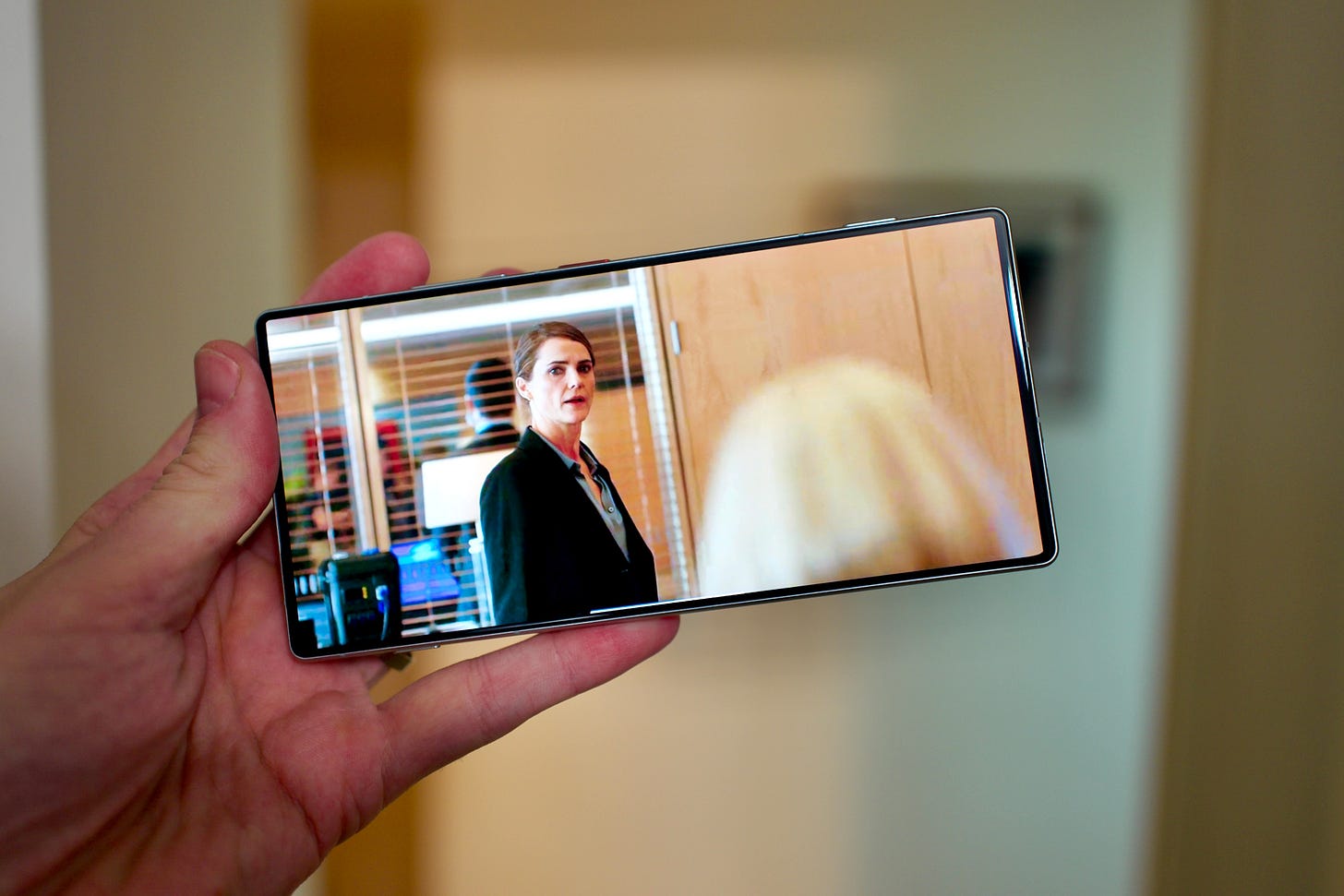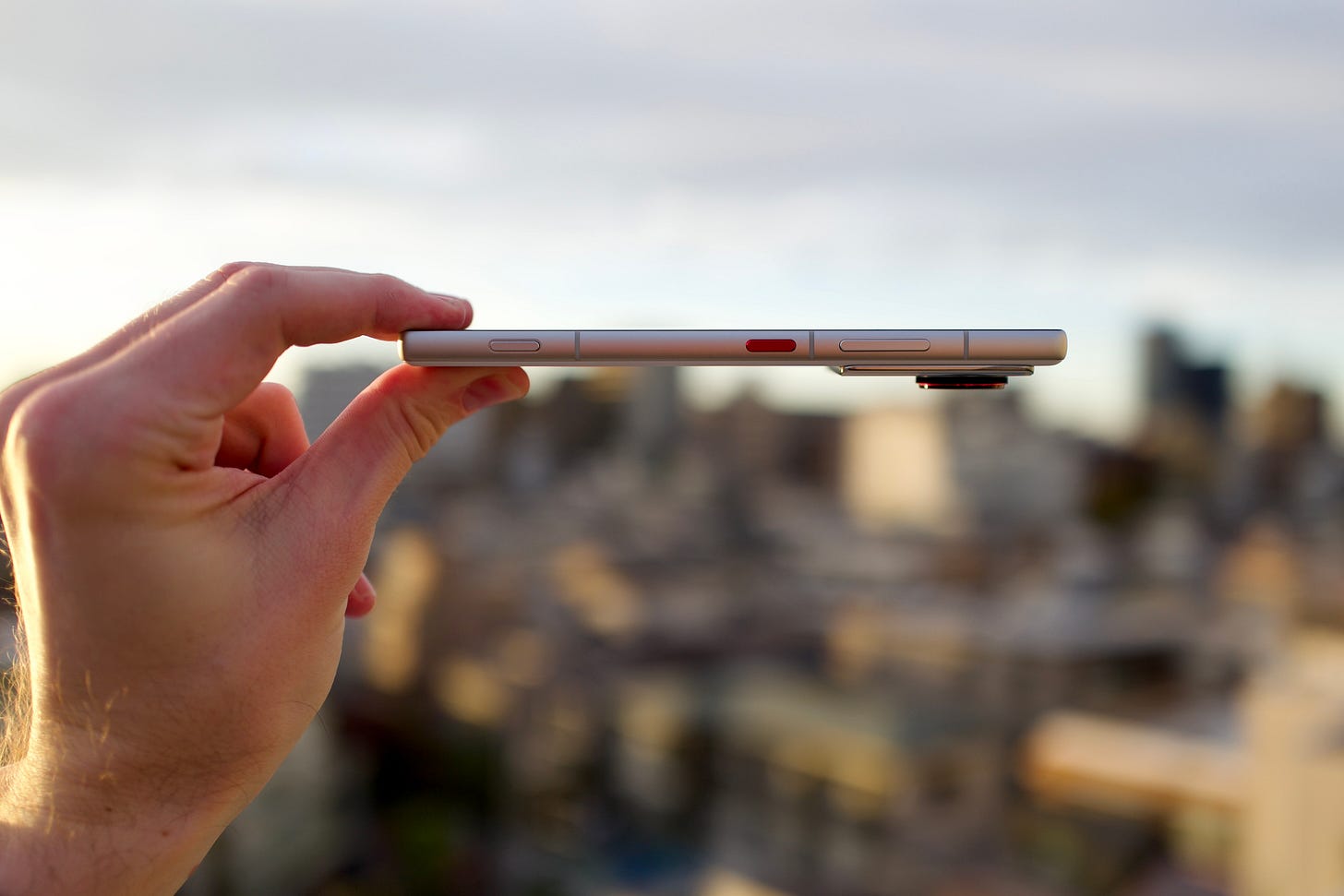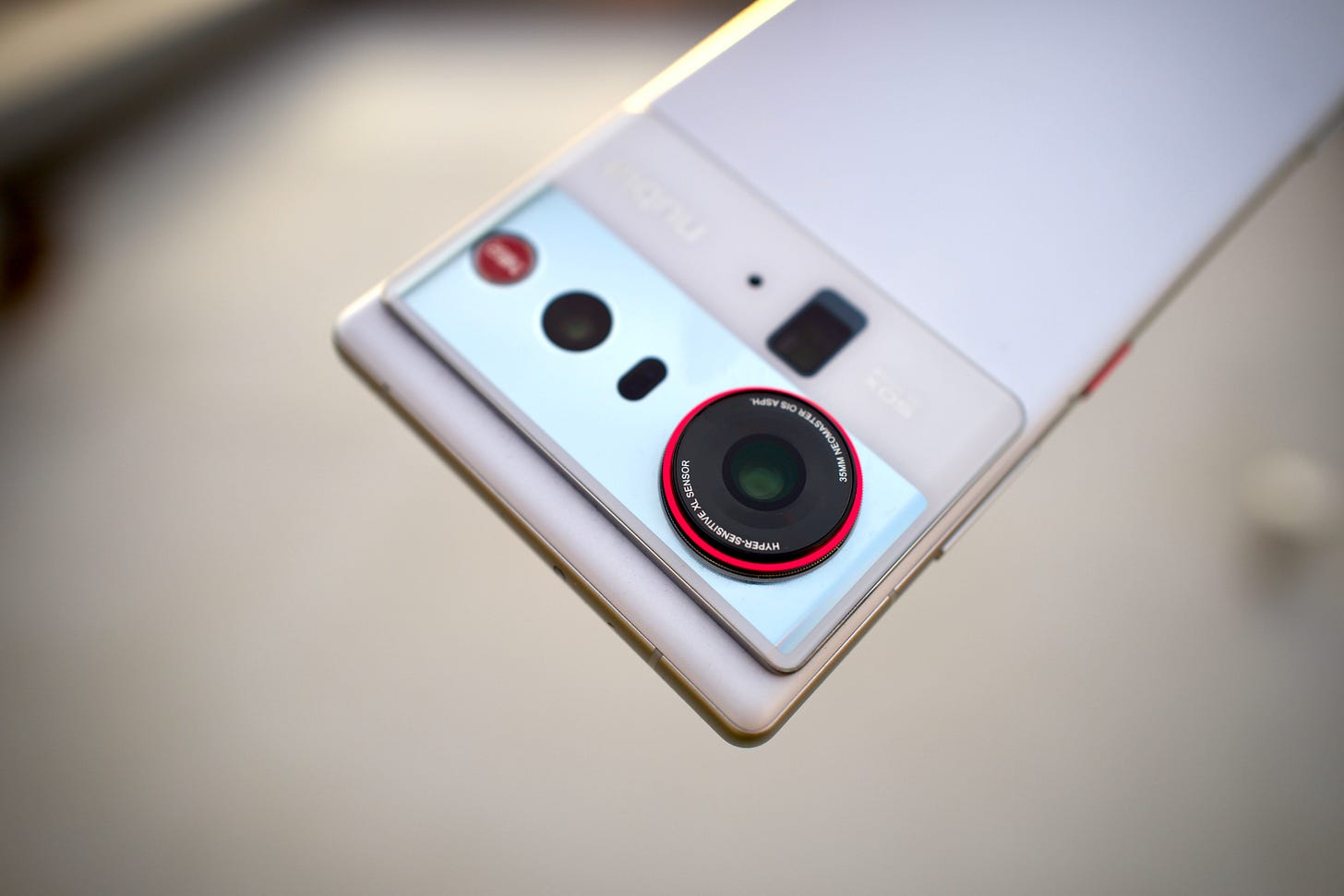Nubia Z80 Ultra review: raw power
Not the sleekest phone you'll ever see, but there's a lot going on here
Although it’s part of Chinese telecoms giant ZTE, the consumer brand Nubia has remained relatively niche in the smartphone market. But unlike many of its compatriots, its phones are broadly sold unlocked throughout the world, offering quirky high-spec options for those in the know.
I hadn’t used a Nubia phone extensively in a few years, but the Z80 Ultra has a lot in common with the company’s recent flagships, while making some serious advances in camera hardware, battery technology and the processor at its heart.
This won’t be a phone for everyone. But it can claim class-leading specs for the price as well as a uniquely full-screen display, a bold design and an unusual take on the camera system.
The Z80 Ultra makes a strong first impression, or at least a hefty one. Though it isn’t necessarily an outlier in any dimension — it’s very slightly thinner, narrower and taller than an iPhone 17 Pro Max — this is very much a phone in line with the recent trend for high-end devices to pack as much in as possible.
The design is striking and probably somewhat divisive. It somehow manages to be minimalist and maximalist at the same time; the phone is largely a featureless silver-and-white slab until you get to the camera bump, which is a giant shimmering rectangle that highlights the main lens in red.
One reason the phone feels so imposing in hand is Nubia’s approach to the 6.85” 2,688 x 1266 144Hz OLED screen, which has a fairly tall 20:9 aspect ratio combined with sharp corners. The bezel on the bottom is a little thicker than the others, but overall the all-screen effect is convincing — not least because Nubia continues to include an under-display selfie camera, which is very hard to spot even on a plain white background.
Between the size, the aspect ratio and the lack of selfie camera cutout, the Z80 Ultra stands out as an awesome phone for watching full-screen widescreen video. (Selfies, not so much.) The one caveat is that it doesn’t have full Netflix certification, so you’re limited to SD and SDR playback, though other services like Apple TV look great with Dolby Vision support.
The built-in speakers are also only okay — they’re clear enough but suffer from a lack of depth and bass next to most competitors. I even generally prefer the tuning from the single earpiece speaker in my iPhone Air, which shouldn’t be a hard bar to clear.
The battery is 7,200mAh and seemingly lasts forever. Nubia’s light touch with software is likely paying off here alongside the brute force of high capacity, because I barely made a dent in the battery when taking the Z80 Ultra around Kyoto and Osaka this past weekend. This is thankfully also the first phone in this series to feature wireless charging as standard; it can charge at up to 80W both wired and wirelessly through Nubia’s proprietary chargers.
In terms of core specs, the Z80 Ultra has Qualcomm’s latest Snapdragon 8 Elite Gen 5 chip, which can be paired with up to 24GB of RAM and 1TB of storage. My review unit was 16GB and 512GB, which felt like plenty — performance has been very good throughout my testing, including in high-end games.
Other additions include a customisable alert slider and the best implementation of a dedicated camera button I’m yet to see on a phone. I’m not sure why no-one else seems to be just putting regular two-stage physical shutter buttons in easy-to-reach positions, but Nubia has nailed it better than anyone else. It works exactly like you’d think if you’ve ever used an actual camera — press halfway, feel the haptic feedback and see the green focus confirmation on screen, and press it fully in to take a photo. That’s all it needs to be!
Overall the Z80 Ultra is really refreshing to use. It’s not exactly the sleekest device out there, and wouldn’t say I’m on board with every decision Nubia has made here, but there’s strong, opinionated thinking behind every aspect of this design.
That’s no more apparent than in the camera system, which takes a different approach to almost every other phone out there. Nubia has been designing phones around 35mm-equivalent lenses for a while, as opposed to the much wider 24mm-ish cameras that you’ll find as standard on most competitors.
35mm gets you a tighter, natural composition with greater separation between the subject and the background, at least when compared to a wider lens on a sensor of the same size. The Z80 Ultra’s main sensor is 1/1.3”, which is pretty standard for a flagship phone these days other than the 1” sensors found in Xiaomi and Oppo’s Ultra series. The upshot is that this phone is capable of some pretty great photos that don’t look like they came from a phone, at least on a technical level.
But what if you want a wider perspective for those group shots or Airbnb listings? Nubia’s answer is simply to make the ultrawide camera way better than on most other phones, so you can crop into 24mm without too much compromise. The ultrawide sensor here is 1/1.56”, which is one of the biggest around at a time when many phone makers have been cutting back in this regard.
The lens itself is 18mm-equivalent, which isn’t quite as wide as on most other phones, but honestly I’m fine with that. Whether on phones or cameras, I find ultrawide focal lengths to be most useful between around 18 and 21mm for actual photos.
The telephoto lens, meanwhile, is 70mm-equivalent — just a 2x increase on the 35mm main camera. The 1/2” sensor is relatively big for the class, though, which is a reasonable tradeoff.
On paper, I’m into this camera system. 35mm is a better fit for most of the photos I take day-to-day — I even have the cropped setting as the default on my iPhone. Leaning into that with an actual lens is appealing, particularly when backed up by very solid hardware on the other cameras.
In practice, the results are mixed.

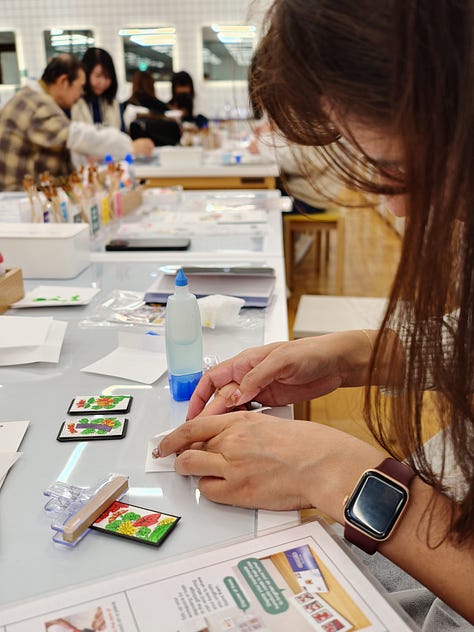
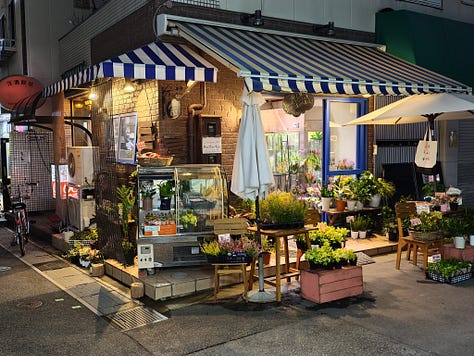


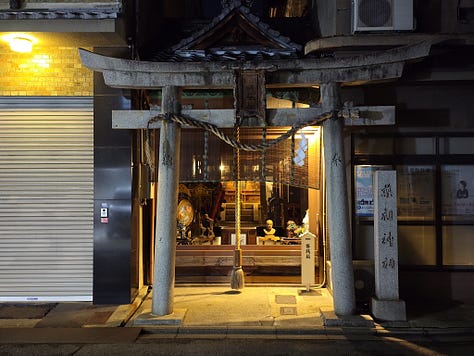
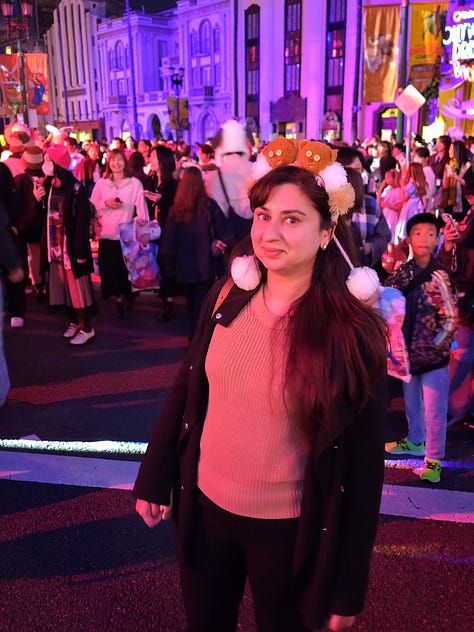
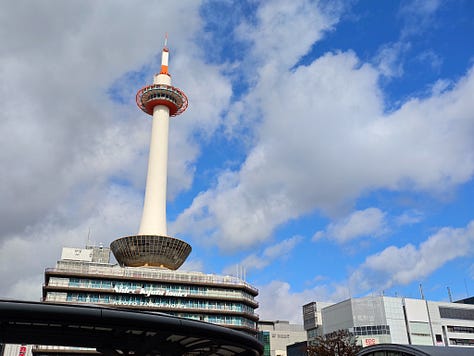
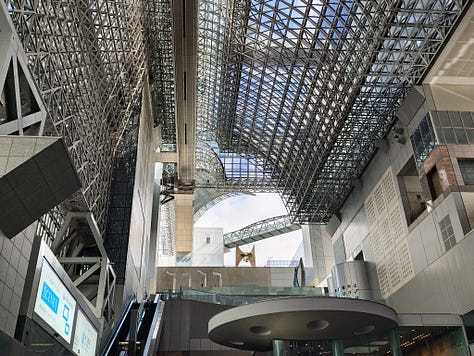
The Z80 Ultra can take nicely balanced shots in good light. I like shooting from the 35mm perspective, and the f/1.7 lens here is legit — the results look similar to a high-end compact camera just in terms of how they’re rendered.
The image processing, however, is another matter. By default the pictures come out very sharpened and saturated, and there isn’t much scope to change that. Nubia also hasn’t done a great job of matching the colour rendering across all three lenses. Honestly, I think I would prefer to shoot in RAW on this phone if I were to go out to shoot with it as a dedicated camera.
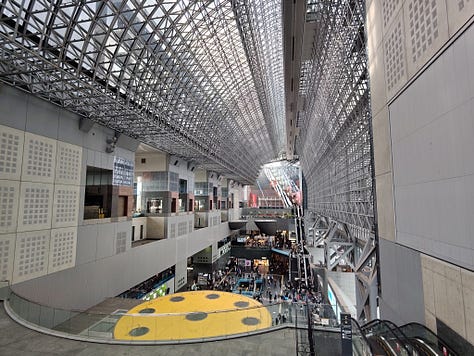

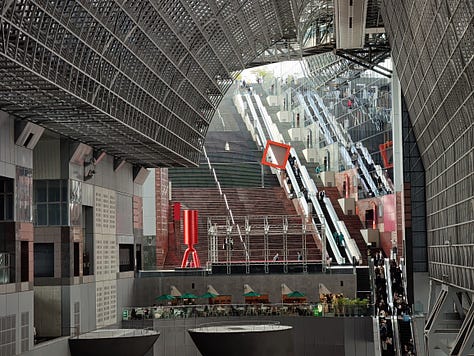
The camera app also needs a lot of work. There are very few options for JPEG processing beyond a few rudimentary filters that can be tweaked through a facsimile of Apple’s photographic styles UI. You have to be really careful in low light to avoid blurry shots. And even switching between lenses could be unreliable — I often found myself tapping and focusing on the area behind the focal length icon rather than actually being able to select it.
I’m on board with Nubia’s approach to camera hardware, which really does make sense from a photographer-first perspective. But I think this phone needs an assist on the software side. Xiaomi and Oppo turn out reliable, tasteful JPEGs right out of camera in most conditions, and the Z80 Ultra isn’t quite there.
The Z80 Ultra would personally not be my go-to as a daily driver, but I think it could be a compelling proposition for some. Nubia does have something going on with this differentiated flagship formula and I feel like it’s getting closer with every model.
At £579 or $729 for the 12/256GB version, it’s a pretty great deal for spec enthusiasts, with a cool-albeit-mercurial camera system. It’s also probably the cheapest Snapdragon 8 Elite Gen 5 phone available right now, and it comes with a quirky, appealing design that sometimes misses but more often than not hits.



